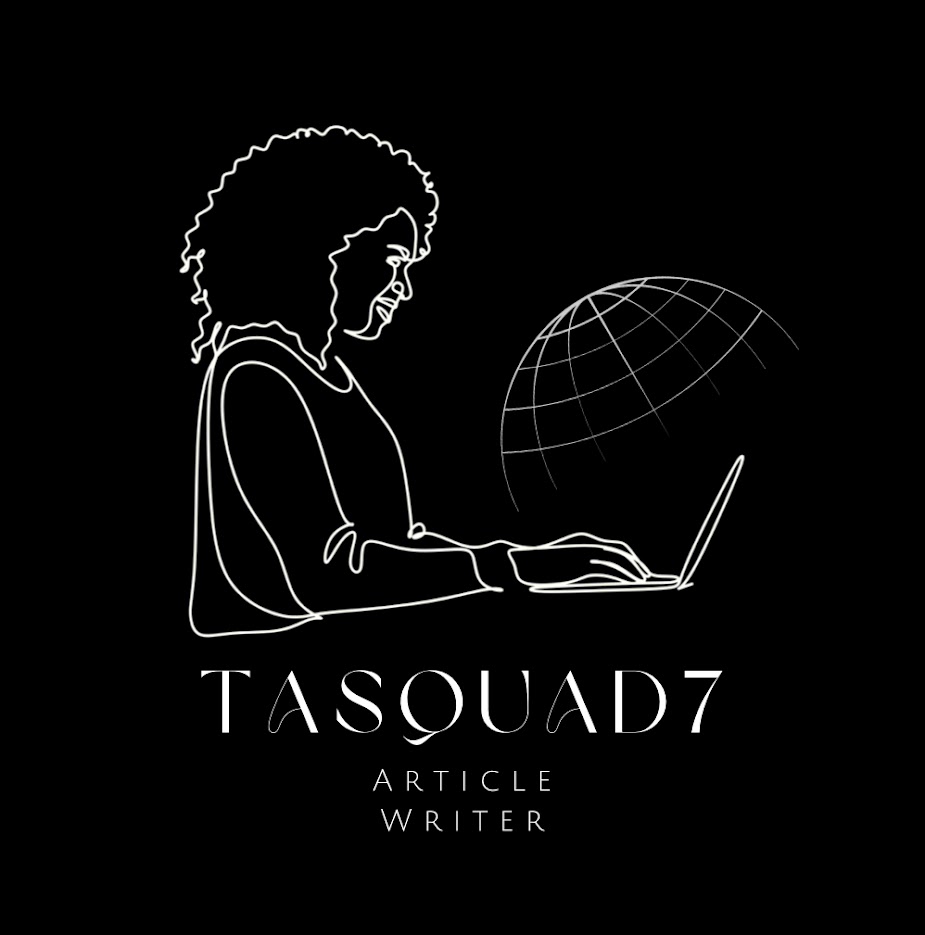>The date of freedom Of Pakistan Since the exchange of force occurred on the 12 PM of 14 and 15 August, the Indian Independence Act 1947 perceived 15 August as the "As from the fifteenth day of August, nineteen hundred and 47, two free Dominions will be set up in India, to be referred to individually as India and Pakistan." Jinnah in his first transmission to the country stated;[26] "August 15 is the birthday of the autonomous and sovereign province of Pakistan. It denotes the satisfaction of the predetermination of the Muslim country which made incredible penances in the previous few years to have its country." The main memorial postage stamps of the nation, delivered in July 1948, likewise gave 15 August 1947 as the freedom day,[27] anyway in ensuing years 14 August was embraced as the autonomy day.[28] This is on the grounds that Mountbatten directed the autonomy pledge to Jinnah on the fourteenth, prior to leaving for India where the promise was planned on the 12 PM of the 15th.[29] the evening of 14–15 August 1947 matched with 27 Ramadan 1366 of the Islamic schedule, which Muslims see as a hallowed night.[30][31] Festivities See additionally: Pakistani patriotism Pakistan Navy warriors in an orderly fashion are remaining close to their public banner. The difference in monitor function happens at different landmarks all through the country. Here the Pakistan Navy cadets salute the burial place of the dad of the country, Muhammad Ali Jinnah Young ladies lighting candles at 12 PM to commend the day A place of business in Islamabad enlightened by enlivening lighting The Minar-e-Pakistan shimmering in green tone against the dull foundation of night Autonomy Day firecrackers at the Minar-e-Pakistan in Lahore Official festivals The autonomy day is one of the six public occasions saw in Pakistan and is commended all over the country.[32] To get ready and conclude the designs for freedom day festivities, gatherings are held in the common capitals by nearby governments which are gone to by government authorities, negotiators, and legislators. Public associations, instructive organizations, and government offices coordinate courses, sports rivalries, and social and social exercises paving the way to the freedom day.[33] In Karachi, drives are started to clean and set up the Mazar-e-Quaid (Jinnah Mausoleum) for the celebration.[34] The authority celebrations occur in Islamabad and initiate with the raising of the public banner on the Parliament House and the Presidency followed by a 31-weapon salute in the capital[35] and a 21-firearm salute in commonplace capitals.[36][37] The President and Prime Minister of Pakistan address the country in live broadcasts. Government authorities, political pioneers and big names convey messages or discourses during conventions, services and occasions, featuring Pakistani accomplishments, objectives set for the future, and commendation the penances and endeavors of public heroes.[38] Government structures including the Parliament House, Supreme Court, President House and Prime Minister's Secretariat are finished and enlightened with lights and splendid colours.[39] A difference in monitor happens at public landmarks by the Armed Forces.[39] The Army, Air Force and Navy highlight conspicuously in freedom day parades.[40] In the urban communities around the country, the banner lifting function is completed by the nazim (civic chairman) having a place with the particular body electorate, and at different public and private divisions the function is directed by a senior official of that organisation.
In 2017, the Pakistan International Airlines presented an uncommon in-flight jam meeting to engage travelers going on Independence Day, highlighting craftsmen singing public melodies on board a homegrown flight.[41]
Global governments, pioneers and well known people likewise pass on their good tidings on the occasion.[42][43][44] Overseas dignitaries are welcomed as boss visitors in services, while unfamiliar military contain MinaThe territory comprising Pakistan was generally a piece of the British Indian Empire all through a significant part of the nineteenth century. The East India Company started their exchange frontier India in the seventeenth century, and the organization rule began from 1757 when they won the Battle of Plassey.[5] Following the Indian Rebellion of 1857, the Government of India Act 1858 prompted the British Crown expecting direct power over a significant part of the Indian subcontinent. All-India Muslim League was established by the All India Muhammadan Educational Conference at Dhaka, in 1906, with regards to the conditions that were produced over the division of Bengal in 1905 and the gathering focused on formation of a different Muslim state.[6]
The time frame after World War I was set apart by British changes, for example, the Montagu-passage Reforms, yet it likewise saw the institution of the harsh Rowlatt Act and grating calls for self-rule by Indian activists. The far and wide discontent of this period solidified into cross country peaceful developments of non-collaboration and common disobedience.[7] The thought for a different Muslim state in the northwest districts of South Asia was presented by Allama Iqbal in his discourse as the President of the Muslim League in December 1930.
Three years after the fact, the name of "Pakistan" as a different state was proposed in an assertion made by Chaudhary Rahmat Ali, as an abbreviation. It was to involve the five "northern units" of Punjab, Afghania (past North-West Frontier Province), Kashmir, Sindh, and Baluchistan. Like Iqbal, Bengal was avoided with regards to the proposition made by Rehmat Ali.[9]
During the 1940s, as the Indian autonomy development increased, an upsurge of Muslim patriotism helmed by the All-India Muslim League occurred, of which Muhammad Ali Jinnah was the most unmistakable leader.[7]:195–203 Since quite a while, sentiments among Hindus and Muslims were heightening. Being an ideological group to get the interests of the Muslim diaspora in British India, the Muslim League assumed a conclusive part during the 1940s in the Indian freedom development and formed into the main impetus behind the formation of Pakistan as a Muslim state in South Asia. During a three-day general meeting of All-India Muslim League from 22–24 March 1940, a formal political explanation was introduced, known as the Lahore Resolution, which approached for the production of an autonomous state for Muslims.[4] In 1956, 23 March likewise turned into the date on which Pakistan progressed from a domain to a republic, and is known as Pakistan Day.[10]
Freedom
In 1946, the Labor government in Britain, depleted by ongoing occasions like World War II and various uproars, understood that it had neither the command at home, the help globally, nor the unwavering quality of the British Indian Army for proceeding to control an undeniably anxious British India. The dependability of the local powers for proceeding with their authority over an inexorably insubordinate India reduced, thus the public authority chose to end the British principle of the Indian Subcontinent.[7]:167, 203[11][12][13] In 1946, the Indian National Congress, being a common gathering, requested a solitary state.[14][15] The All India Muslim League, who couldn't help contradicting single state, focused on the possibility of a different Pakistan as an alternative.[2][16]:203 The 1946 Cabinet Mission to India was shipped off attempt to arrive at a trade off among Congress and the Muslim League, proposing a decentralized state with much force given to nearby governments, yet it was dismissed by both of the gatherings and brought about various uproars in South Asia.[17]
Ultimately, in February 1947, Prime Minister Clement Attlee declared that the British government would give full self-administration to British India by June 1948 at the latest.[18] On 3 June 1947, the British government reported that the standard of division of British India into two autonomous states was accepted.[18] The replacement governments would be given territory status and would have a certain option to withdraw from the British Commonwealth. Emissary Mountbatten picked 15 August, the second commemoration of Japan's acquiescence in the World War II, as the date of force transfer.[19] He picked 14 August as the date of the function of force move to Pakistan since he needed to go to the services in the two India and Pakistan.[19][20]
The Indian Independence Act 1947 (10 and 11 Geo 6 c. 30) passed by the Parliament of the United Kingdom isolated British India into the two new free domains; the Dominion of India (later to turn into the Republic of India) and the Dominion of Pakistan (later to turn into the Islamic Republic of Pakistan).
The demonstration gave an instrument to division of the Bengal and Punjab areas between the two countries (see segment of India), foundation of the workplace of the Governor-General, conferral of complete administrative authority upon the particular Constituent Assemblies, and division of joint property between the two new countries.[21][22] The demonstration later got imperial consent on 18 July 1947.[18] The parcel was joined by savage uproars and mass losses, and the uprooting of almost 15 million individuals because of strict viciousness across the subcontinent; a huge number of Muslim, Sikh and Hindu displaced people journeyed the recently attracted boundaries to Pakistan and India separately in the months encompassing independence.[23]
On 14 August 1947, the new Dominion of Pakistan got autonomous and Muhammad Ali Jinnah was confirmed as its first lead representative general in Karachi.[24] Independence was set apart with boundless festival, yet the environment stayed warmed given the public mobs pervasive during autonomy in 1947.[7]
The date of freedom
Since the exchange of force occurred on the 12 PM of 14 and 15 August, the Indian Independence Act 1947 perceived 15 August as the birthday of both Pakistan and India. The demonstration states;[25]
"As from the fifteenth day of August, nineteen hundred and 47, two free Dominions will be set up in India, to be referred to individually as India and Pakistan."
Jinnah in his first transmission to the country stated;[26]
"August 15 is the birthday of the free and sovereign territory of Pakistan. It denotes the satisfaction of the fate of the Muslim country which made incredible penances in the previous few years to have its country."
The main memorial postage stamps of the nation, delivered in July 1948, likewise gave 15 August 1947 as the autonomy day,[27] anyway in ensuing years 14 August was embraced as the freedom day.[28] This is on the grounds that Mountbatten regulated the autonomy vow to Jinnah on the fourteenth, prior to leaving for India where the vow was planned on the 12 PM of the 15th.[29] the evening of 14–15 August 1947 matched with 27 Ramadan 1366 of the Islamic schedule, which Muslims see as a holy night.[30][31]
Festivities
See likewise: Pakistani patriotism
Pakistan Navy officers in an orderly fashion are remaining close to their public banner.
The difference in watch function happens at different landmarks all through the country. Here the Pakistan Navy cadets salute the burial chamber of the dad of the country, Muhammad Ali Jinnah
Young ladies lighting candles at 12 PM to commend the day
A place of business in Islamabad enlightened by brightening lighting
The Minar-e-Pakistan shining in green tone against the dull foundation of night
Freedom Day firecrackers at the Minar-e-Pakistan in Lahore
Official festivals
The autonomy day is one of the six public occasions saw in Pakistan and is commended all over the country.[32] To get ready and finish the designs for freedom day festivities, gatherings are held in the common capitals by neighborhood governments which are gone to by government authorities, ambassadors, and legislators. Public associations, instructive establishments, and government divisions coordinate classes, sports rivalries, and social and social exercises paving the way to the freedom day.[33] In Karachi, drives are started to clean and set up the Mazar-e-Quaid (Jinnah Mausoleum) for the celebration.[34]
The authority merriments occur in Islamabad and start with the raising of the public banner on the Parliament House and the Presidency followed by a 31-weapon salute in the capital[35] and a 21-firearm salute in common capitals.[36][37] The President and Prime Minister of Pakistan address the country in live broadcasts. Government authorities, political pioneers and superstars convey messages or talks during assemblies, services and occasions, featuring Pakistani accomplishments, objectives set for the future, and applause the penances and endeavors of public heroes.[38] Government structures including the Parliament House, Supreme Court, President House and Prime Minister's Secretariat are enriched and enlightened with lights and brilliant colours.[39] A difference in monitor happens at public landmarks by the Armed Forces.[39] The Army, Air Force and Navy highlight unmistakably in autonomy day parades.[40] In the urban areas around the country, the banner raising function is done by the nazim (city hall leader) having a place with the separate electorate, and at different public and private offices the service is directed by a senior official of that organisation.
In 2017, the Pakistan International Airlines presented an extraordinary in-flight jam meeting to engage travelers going on Independence Day, including craftsmen singing public tunes on board a homegrown flight.[41]
Global governments, pioneers and individuals of note likewise pass on their good tidings on the occasion.[42][43][44] Overseas dignitaries are welcomed as boss visitors in services, while unfamiliar military contingents regularly partake in parades.[40][45] National banners are shown on significant streets and roads, for example, Shahrah-e-Faisal, Shahara-e-Quaideen, and Mazar-e-Quaid Road, paving the way to Jinnah's catacomb in Karachr-e-Pakistan in Lahore, wher
Writer : Taseer Abbas










0 Comments